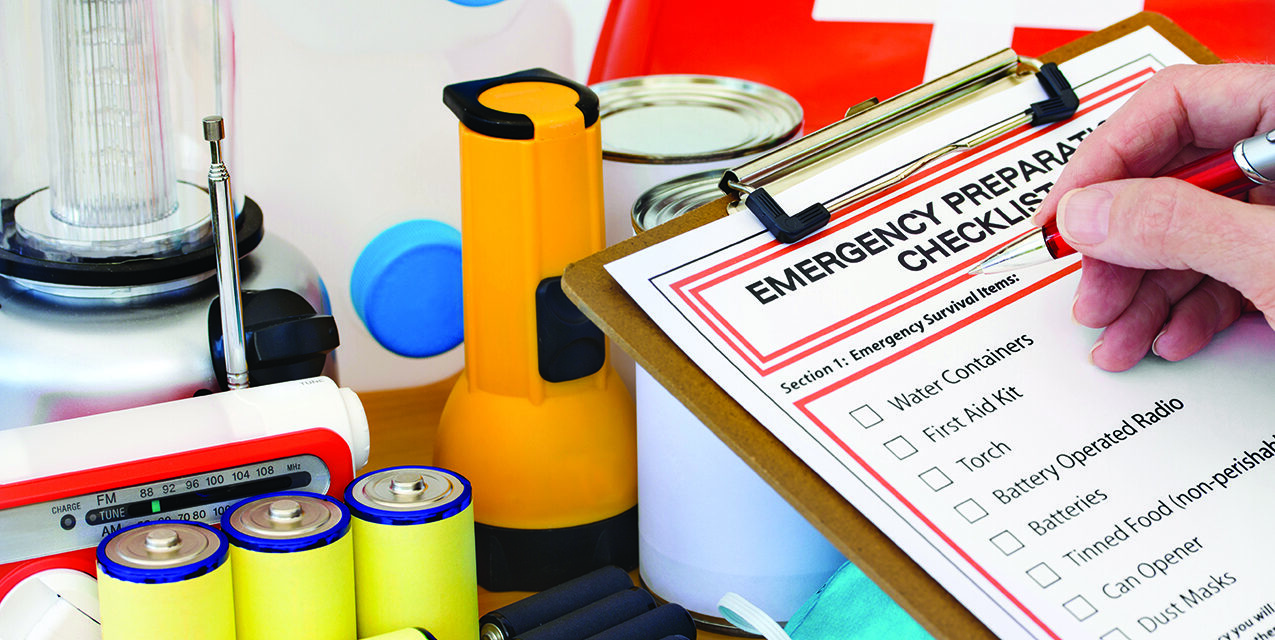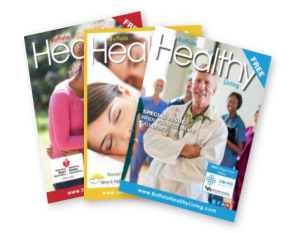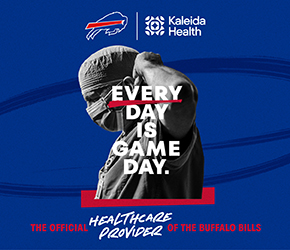Involve Kids in Emergency Preparedness

It is essential to remain calm and keep cool in the face of adversity, including when facing hazardous conditions such as those that arise during a natural disaster. Adults may experience anxiety when facing adversity. Children who may not be mature enough to understand what’s going on fully may worry more than adults, which can increase their chances of being harmed in dangerous situations.
Making disaster preparedness a routine part of family life can help alleviate some of the mystery surrounding what to do in the event of an emergency. According to the U.S. Department of Veterans Affairs, it is never too early to start teaching kids about preparing for emergencies. Children are the most vulnerable when disaster strikes. Without sufficient preparation, children may suffer developmental, physical, and psychological trauma following exposure to a disaster or another emergency.
Ready.gov and the VA offer tools and information to help all family members prepare for potential disasters. The following are some of their suggestions.
Get talking.
Talk about storms or conditions that may occur where you live. For example, if you live where hurricanes are prevalent, you might want to address hurricane information more than someone who lives where tornadoes or earthquakes are more likely. Explain what can be expected during these storms and determine if children have a basic understanding of what to do if one strikes.
Make a plan.
Children rely on the adults around them to provide direction. Ensure that kids understand who to contact and where to meet as part of an emergency plan. Write down the instructions and important phone numbers and keep this information in a place that’s accessible to children. If the emergency plan includes evacuating the house or seeking shelter in a storm cellar, practice getting up and moving safely and quickly together.
Assemble emergency supplies.
Include children in building a kit that includes a three-day supply of water, nonperishable food, flashlights, blankets, and kid-friendly activities. For a detailed list of items to include in an emergency supply kit, refer to the suggestions from the American Red Cross and the Federal Emergency Management Agency.
Teach kids about different storms.
All sorts of storms may strike, so in addition to the notable ones in your area, instruct kids about what to do during common scenarios, such as thunderstorms and floods. Children should understand to move indoors if they see lightning or hear thunder. Following the “Turn Around, Don’t Drown!” motto can help kids understand that just six inches of moving water can knock them off their feet during flood conditions.
Employ additional resources.
Children may learn more effectively through stories and activities tailored to their level. The Red Cross and FEMA partnered to create the “Prepare with Pedro” program, which utilizes an activity book, a preparedness game, and additional resources to teach children about emergency preparedness in a fun and engaging way.
Instructing children about natural disasters and emergency preparedness can help alleviate some of the mystery surrounding how to behave in these situations. It also may make surviving an emergency much easier for the entire family.
Ready.gov and the VA offer tools and information to help all family members prepare for potential disasters.











